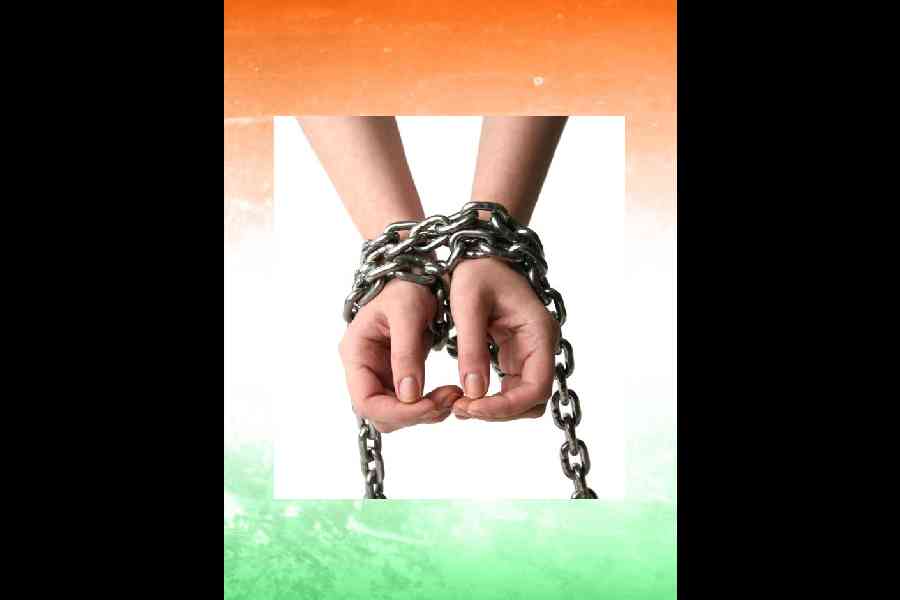Book: Caged Tiger: How Too Much Government Is Holding Indians Back
Author: Subhashish Bhadra
Published by: Bloomsbury
Price: Rs 799
There’s an old platitude that does the rounds every Independence Day: though we won freedom from the British back in 1947, it goes, we continue to remain unfree in many ways to this day. In exhorting us to reform today’s India, this slogan perhaps hopes to evoke the same zeal that drove Indians to throw off their colonial shackles all those years ago. It may be that invocations of our historic struggle for independence have lost some of their force over the decades. But freedom? Freedom remains as precious as it ever was. If the old slogans and stories are not as convincing as they once were, it is only because new ones are waiting to be coined and told.
It is one such story that Subhashish Bhadra tells us in Caged Tiger. The story is a sprawling one and aims to alert us about all the different ways in which the struggle for freedom continues. In lucid writing, each chapter covers a different form of unfreedom. There is a chapter on economic restraints, detailing how various government initiatives like subsidies, price regulations and public sector enterprises can limit us in the market. A chapter each on surveillance and free speech fleshes out the legal tools employed to keep us under watch and muzzle us. The tragic failure of police reforms also comes under the scanner, with the discussion ranging from the colonial roots of our plight to the solutions readily available to us. A further chapter is on legal limitations on our cultural freedoms, covering obscenity, public order, blasphemy, pornography, dietary restrictions, religious conversion, and textbooks. Then there is the sorry state of our legislatures, where our representatives decide how laws will fetter us. These temples of democracy are hounded by problems related to disruptions and productivity, partisan control, the lack of scrutiny and consultations, defections, unchecked political parties, and the role of money in elections. Our attention is further drawn to the mushrooming of regulatory agencies and the need to balance their independence against their democratic accountability.
The book makes for an excellent appraisal of freedoms in India. By offering us a map of these different frontiers, Bhadra reveals the limited territory that is left to an individual citizen in the face of governmental encroachments. He makes good use of a profusion of examples and statistics to back up claims and connect theory to practice. In a
bid to persuade actors from across the political spectrum to make common cause, he points out how the entirety of that spectrum has been responsible for different limitations on individual freedoms. These merits also have downsides. The
panoramic view means that the writing hops along quickly from subject to subject, offering little respite or reflection. Alternative views and values go undiscussed. The allocation of equal responsibility to all players leaves the argument open to charges of ‘bothsidesism’.
But these aren’t serious or even avoidable problems. This is because Caged Tiger strives winningly to highlight a second theme apart from individual freedom: institutions. Good institutional design, Bhadra points out, requires sharp rules, transparency and oversight. Somewhere in this three-point agenda is the seed of a new slogan for our generation’s freedom fighters. Pick up this book if you’re looking to take up this cause.










